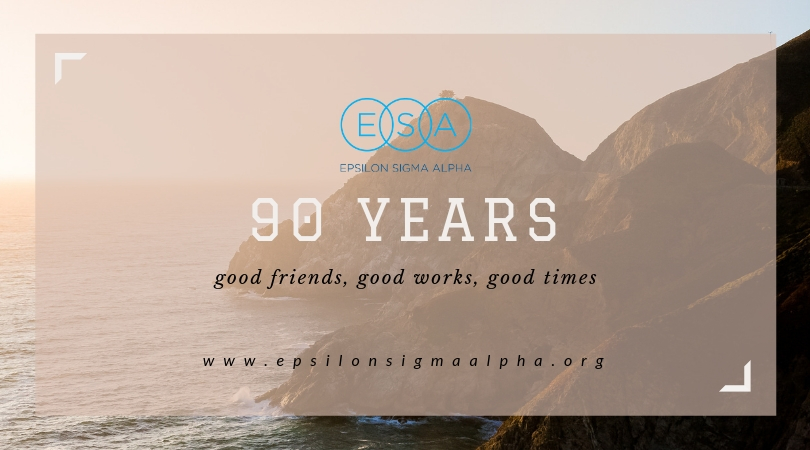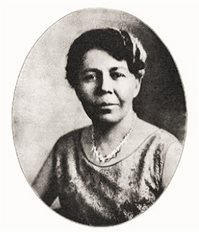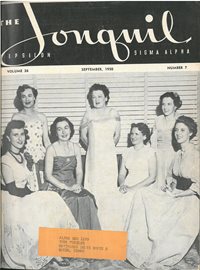

In 1929, a small group of like-minded women gathered with the desire to learn, grow, and prepare themselves for an ever-changing world. This iconic meeting was the first step in establishing the organization we have come to know and love. In large part, we credit Adelia Prichard as the founder of Epsilon Sigma Alpha (ESA), originally known as National What to Read Club. Ms. Prichard chose the Greek letters “Epsilon Sigma Alpha” to signify the National Reading Society and the Open Book. As the national emblem, the name represents “the wealth of knowledge and the strength of wisdom.”
ESA’s foundation of education began with the original program focused on studying
The Writings of Mankind. It was a series of great works and thoughts that were acknowledged by prominent American educators in the 1920s and 1930s. After that time, ESA developed its own “What to Read” newsletter featuring articles by ESA members and prominent writers from around the world. The publications first official name was
Epsilon Sigma Alpha Sorority News.
As the ESA took hold around the country, the first official chapter was organized in Jacksonville, Texas by Mrs. C.H. Simpson. The Jacksonville chapter was assigned the Greek letter “Alpha” to signify the first of many chapters to come. This chapter is honored as “The Mother Chapter” of ESA. By the end of October 1929, a total of 18 chapters were installed. The organization was growing quickly.
The national charter was issued to Epsilon Sigma Alpha Sorority in the state of Missouri on February 11, 1930, only five months after the original meeting. The organization still functions under the original charter but is now incorporated in the state of Colorado.

Marked as the year of decisions, changes and the beginning of traditions, 1933 was a significant year for ESA. Membership hit the thousands with more than 400 chapters in 38 states. Meanwhile, the impact of the Great Depression brought more emphasis on social activities. Members started donating time and money to philanthropic projects and hosting fundraising parties. To add to the changes, the name of ESA’s publication went from
Sorority News to
JONQUIL to illustrate a broadening scope of interest within the organization and acknowledge the official flower of ESA chosen by Adelia Prichard. The name changed again in 2018 to
JOURNEY Magazine to reflect ESA’s current focus.
Just eight years after the national charter was issues, the First National Convention was held in 1938. During the convention May 1
st was recognized as ESA’s official Founder’s Day. In addition, delegates set up a National Advisory Board and elected Irene Copeland Lugland of Kansas City, Kansas as the first national president.

ESA continued to grow and new dimensions were added in 1948 as the organization expanded to Epsilon Sigma Alpha International when the first international chapter was organized in Voorburg, Holland. At this time, the National Advisory Board was appropriately renamed the International Council. Today, ESA retains a proud affiliation with chapters in Australia and Canada with other members located around the world.
With the growth of the organization and life changing events of World War II, ESA expanded focus to formally include philanthropic projects and public service programs. The new addition took ESA from an organization focused on education to one with a well-rounded foundation of education, service, and association. ESA members participated in war-related charities such as the USO (United Service Organizations) and the American Red Cross helping bring people together for a greater cause.
As a reflection of these changes, in 1950 Peggy Shaw of Kansas City named the first president’s theme:
“The Only Right We Have Is to Be of Service.”
ESA often still refers to this today as we acknowledge the services we can offer our ever-changing world. Check back in two weeks for the next post in the series focusing on a majority of the glorious happenings in the 1970s.
Written by Audrey Potter